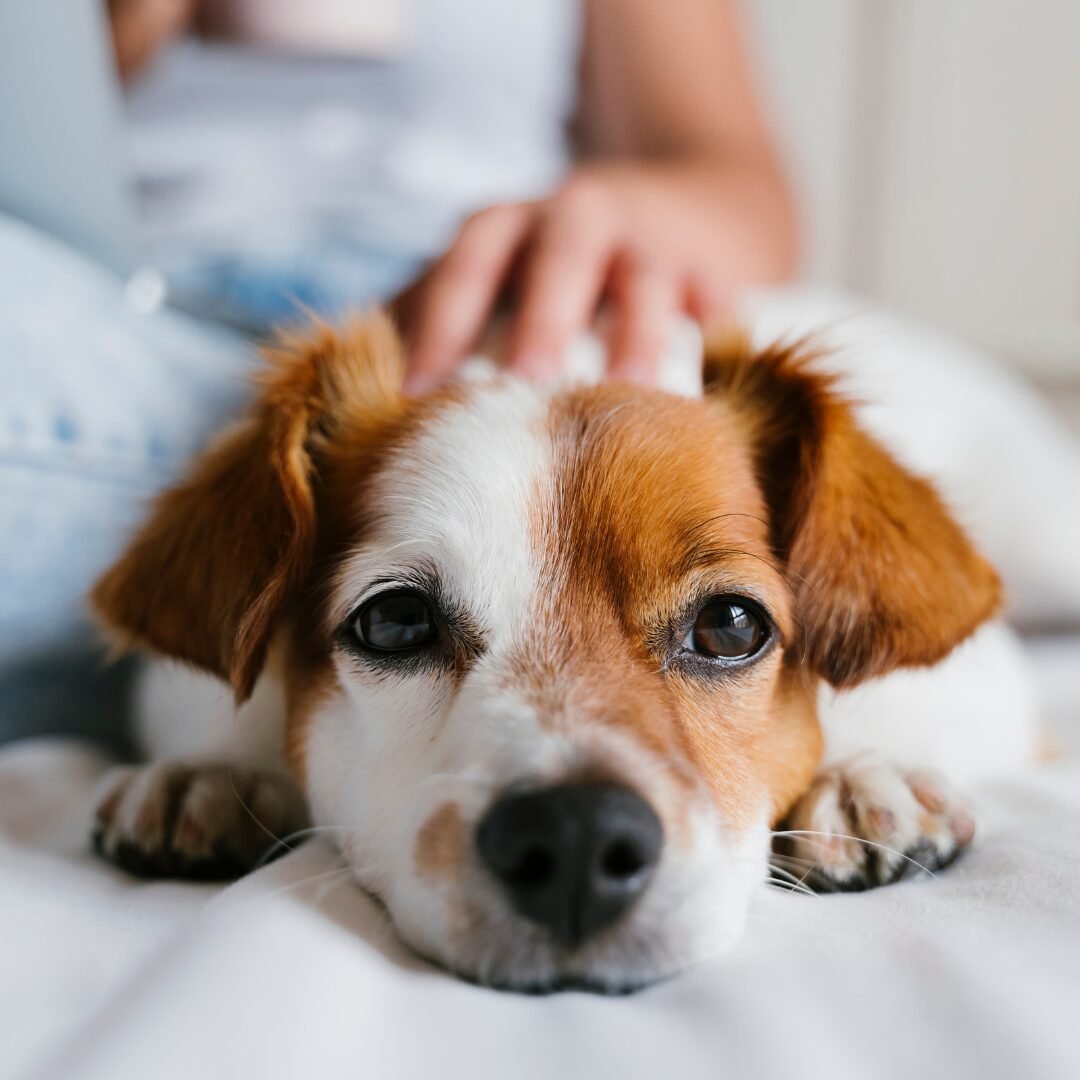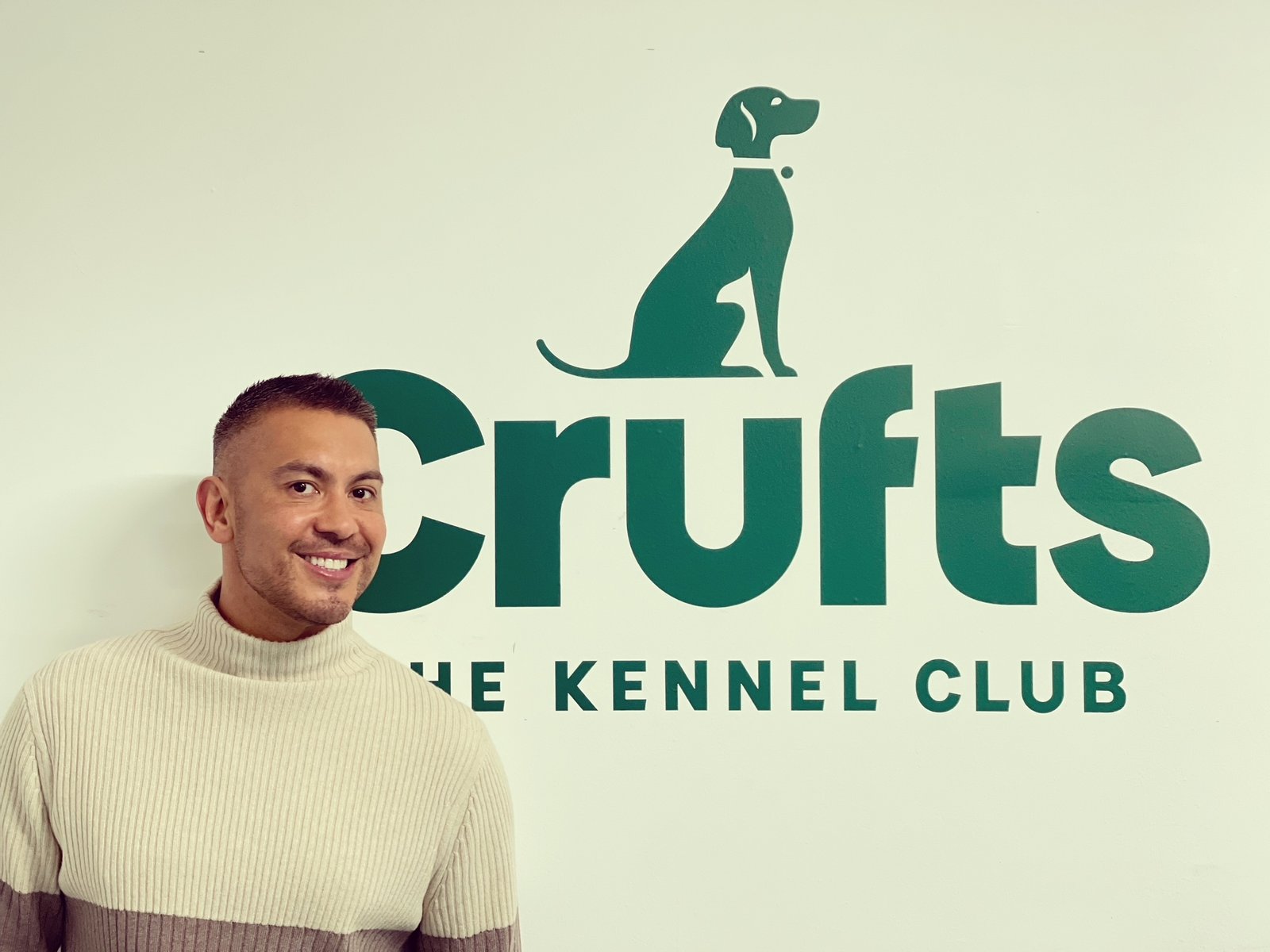What would you do if you had to decide between feeding your pet or feeding yourself? As the UK remains gripped by a cost of living crisis, this is the reality facing many pet owners right now. It’s also the reason why, up and down the country, teams from the animal charity Blue Cross are being proactive in setting up pet food banks across areas of need in the UK.
Why are pet food banks important for Blue Cross
The Blue Cross mission is to ensure that no pet goes hungry and to provide pet food, without judgement, to owners who are struggling. During our recent podcast, Clare Robertson, Community Project Coordinator at Blue Cross, explained that the pet food bank initiative is ‘absolutely about keeping people and their pets together.’
Blue Cross pet food bank network
After an initial grassroots project at their Sheffield Rehoming Centre, Blue Cross realised that giving pet food to owners who need it was beginning to make a difference and enabling pets to remain with their owners.
So Blue Cross started the mammoth task of establishing a national network of pet food banks. This is becoming a rapidly expanding network across the UK and is the result of amazing partnerships between Blue Cross, community food banks, Pets at Home and UK-wide Macfarlane Packaging, who support the huge logistics of this nationwide initiative.
But how do the project coordinators decide where to set up a pet food bank? Clare explained that the partnership with Pets At Home helps, with coordinators identifying food banks close to each participating store. However, Clare’s keenly aware that some areas have a greater level of need than others, so her role also involves contacting food banks, community pantries and churches to specify areas of need. Through speaking directly with food banks, Clare also identifies types of food needed, so owners of smaller pets such as birds, rabbits and hamsters can be supported, along with dog and cat owners.
Pets at Home partnership
A growing number of Pets at Home stores are currently involved in supporting pet food banks and this number continues to grow. Participating stores host Blue Cross donation bins, where their customers can donate pet food and pet care items, which are then picked up by the local food banks to distribute as needed.
Community project coordinating with community food banks
Relationship building is significant to the success of this project. Alongside striking up supportive relationships with food banks, Clare and her Blue Cross coordinator colleagues have quickly built positive relationships with Pets At Home staff, whose customers donate items in store, as Clare explains:
“Staff in all the Pets At Home stores are doing such a good job to engage the public, to let them know that the donations are going locally, to their local food bank”.
Because they’re based close by, volunteers at the human food banks collect the donations from Pets At Home, an activity Clare recognises as vital in getting the pet food where it needs to go:
“It’s a privilege to be working with food banks, with people who are giving up their time and their energy, they’re working incredibly hard and doing an amazing job”.
The demand for pet food banks
As a vet, I’m aware that the number of pet owners has increased considerably since the pandemic; according to the latest research and data 57% of UK households now own a pet! So it seems logical that many people using food banks may also have pets – and might also need pet food.
Clare agrees that demand is increasing month on month, but although recording data about donations and demand is important, the bottom line of Blue Cross support is about people and their pets:
“Something we hear again and again is that people will feed their pets before themselves and that’s where our work, I feel, is so important […] so that people don’t have to go hungry because they’re terrified of losing their pet because, as we know, pets are family”…
Food for thought
Both Clare and I have visited food banks and recognise how much work is involved. All food banks have different processes but Clare is keen to point out that whilst the logistics might differ, what’s universal is non-judgemental human connection made when you’re seeing first-hand those families and individuals, often a person in crisis, coming to collect food:
“It’s important to say if someone is thinking about contacting a food bank there’s no shame, no judgement; […] It’s not just about collecting food, it can be about having support. So many food banks, that’s at their core, these places really are at the heart of the community. […] We could all be in the position where we have to ask for a little bit of support and food banks, getting help for yourself, your family, your pet is no different”.
Help and support
If you’re here looking for support from a pet food bank, please click through for details in my extended blog here. Please also visit the Blue Cross website to learn more about pet food banks.
Want to donate?
As well as donating directly to your local food bank, see if your local Pets At Home store hosts a Blue Cross pet food donation bin. There is also a dedicated food bank donation page on the Blue Cross website.
For me, anything that keeps people and pets together is phenomenal work, so huge thanks to Clare and her Blue Cross colleagues who are working so hard to change the narrative around food banks and establish pet food banks to help pets and owners stay together.
To find out more, you can hear the full podcast of this topic here.
`
 Dr Paul Manktelow is a vet who’s worked for almost 20 years on the front line in some of the UK’s busiest
Dr Paul Manktelow is a vet who’s worked for almost 20 years on the front line in some of the UK’s busiest
veterinary hospitals. As Chief Vet in the Charity Sector, he leads a team of vets and nurses that treat thousands of pets every year. Paul also appears regularly in the media as a TV and radio presenter, writer, public speaker and podcast producer.






Leave A Comment